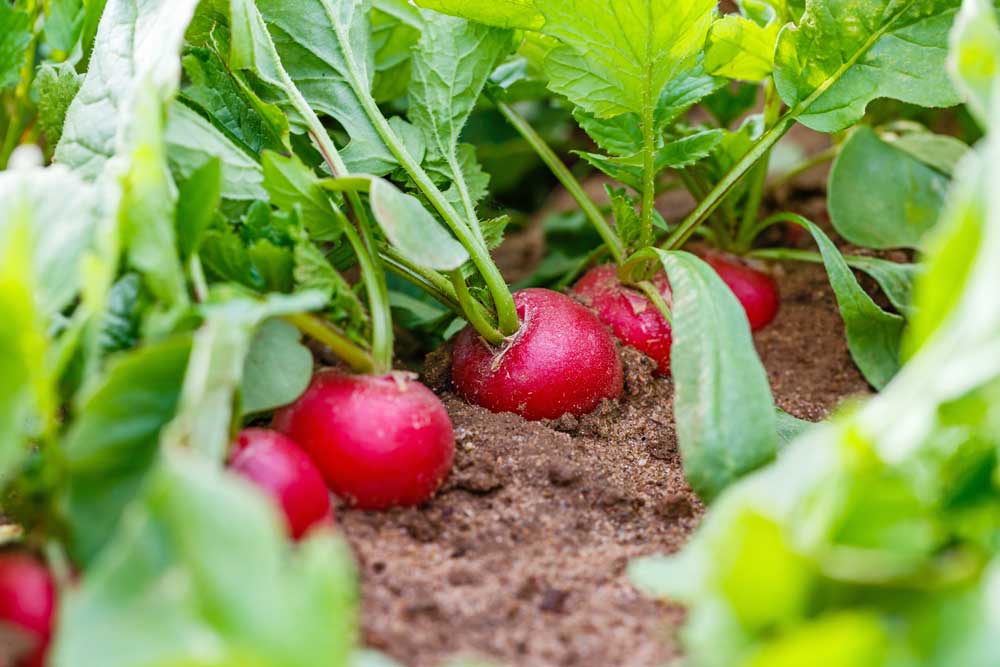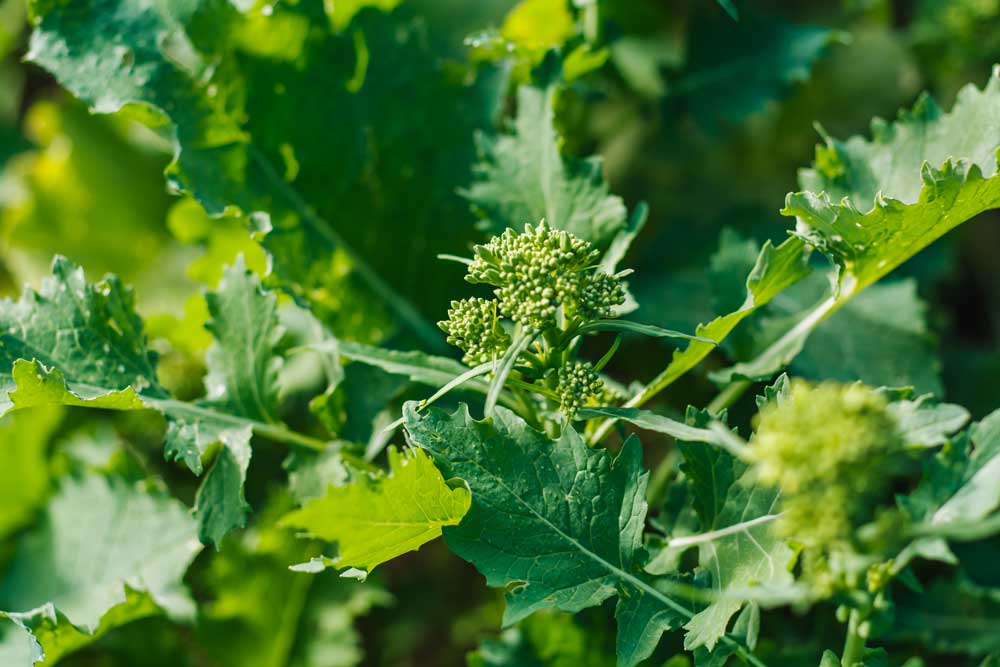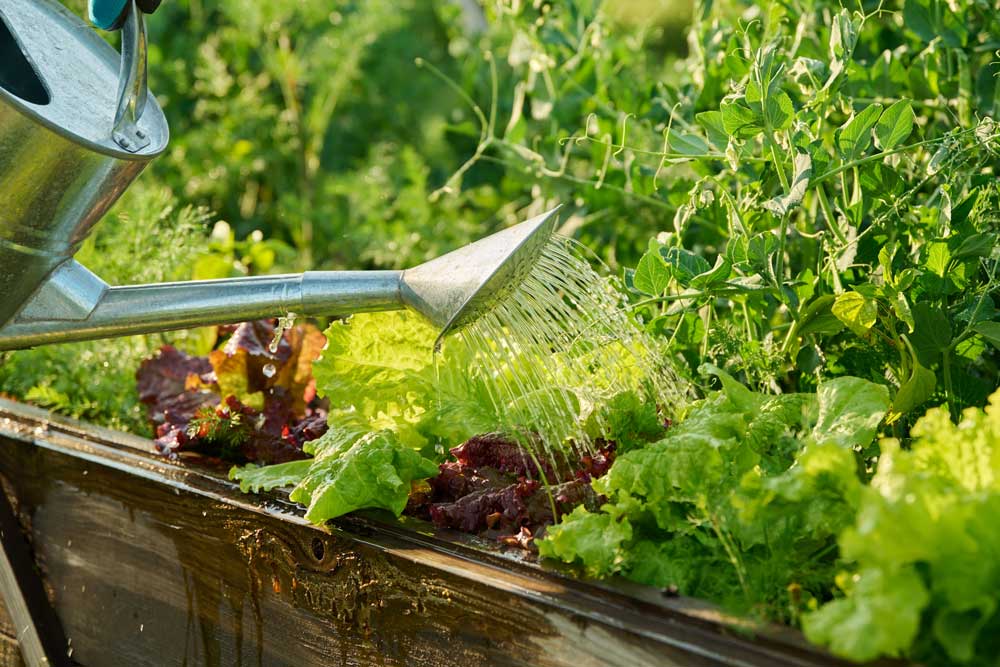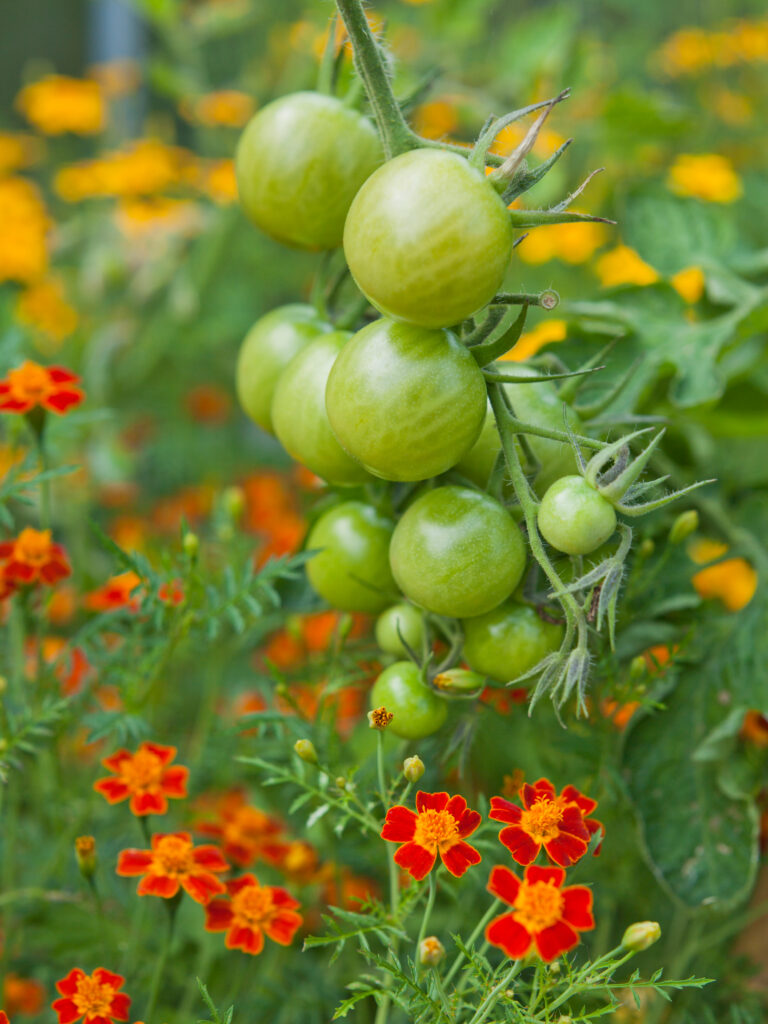Keep the Harvest Coming
If you’ve ever wished your garden could give you more, as in more lettuce, more carrots, more fresh corn, succession planting is the key. This smart and simple technique involves planting crops in a staggered schedule, so as one plant finishes, another is ready to take its place. With a little planning, you can keep your garden productive for the entire growing season, making the most of your space and time.
Same-Crop Succession
Repeated sowings of the same crop variety at intervals
There are a few ways to approach succession planting. The first is same-crop succession: sowing the same vegetable every few weeks to extend your harvest window. Sowing one variety of radish, Cherry Belle for example, will result in the same harvest day approximately 30 days later. By planting a new round every 10 days or so, you’ll always have a fresh, tender crop ready just as you finish harvesting the last crop. This method works well for most vegetables, but especially fast growers like lettuce, arugula, spinach, and bush beans.

Simultaneously sow different varieties of the same crop
By growing multiple varieties of the same crop, you can extend your harvest window as the different varieties mature. Let’s take a look at broccoli, for example. While one variety, Spring Rapini, matures in just 36 to 40 days, Calabrese matures in 50 to 70, while Purple Sprouting matures after 70 days. By planting them all at once, you can begin harvesting earlier in spring and continue through early summer, ensuring a steady supply of top-quality broccoli over an extended season.

Look for varieties that are bred for specific traits, like heat or cold tolerance and note their days to maturity. Choose some with maturity dates that span the season and plant simultaneously, their harvest dates will naturally stagger.
Crop Replacement
Different crop sown after harvest of initial crop
Another method is crop replacement. When an early crop like peas or lettuce finishes in spring, don’t let that bed sit idle. You can replace it with a warm-weather crop like corn, cucumbers, or zucchini. And when those are done, fall crops like kale, beets, or turnips can go in next. With this strategy, it helps to know your first frost date so you can work backward and time your plantings for full maturity.

Some crops, like peas, actually enrich the soil for the next crop. Peas enrich the soil with nitrogen, an essential nutrient for plant growth, and a nutrient that corn feeds on heavily. Replacing your pea crop with corn allows that nitrogen that peas leave behind in the soil to help feed the corn. With this method, you will not deplete your soil by planting the same crop in it year after year, but replace that crop with a different one that has different needs from the soil.
Interplanting
Different crops with varying maturity dates planted simultaneously

Then there’s interplanting, where quick-maturing shorter crops are tucked in among slower, taller ones. Interplanting, or intercropping has been done as long as cultivation has been known. Think of radishes growing between young broccoli or carrots seeded alongside slower-growing onions. By the time the slower crop needs more space, the quick one has been harvested. Also, think of interplanting flowers and vegetables together to naturally repel pests. Stronger scented flowers like marigolds and veggies like onions are both organic ways to protect your carrots, beets, lettuce, tomato, swiss chard by tucking them in between your plantings. It’s a clever way to double up on harvests and keep them healthy without needing more garden beds.
No matter what area you focus upon, the basic idea of interplanting is to create a favorable relationship among the crops and increase yields and variety.
Staying Organized
To make succession planting work, it helps to keep a garden journal or calendar. Note your planting dates, days to maturity, and when beds become available. Start seeds indoors while your current crops are finishing, so transplants are ready to go. And don’t forget to schedule in when to amend your soil with compost between plantings to keep it rich and productive.

Level Up Your Garden
Succession planting might sound complicated at first, but it’s really just about paying attention and staying a few steps ahead. Once you get the rhythm down, it becomes second nature and your garden will reward you with a steady, generous harvest from spring through fall.